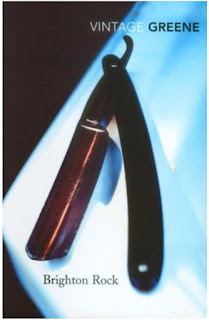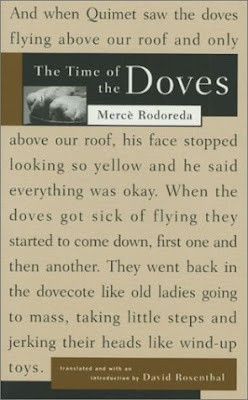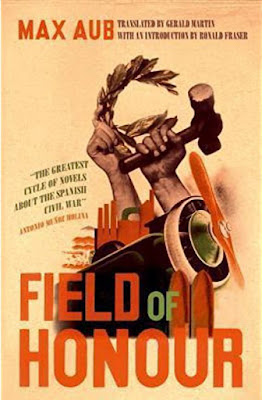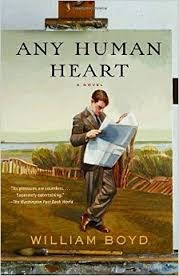Dangling Man

Saul Bellow was a terrific writer – a Nobel Prize winner, no less – and occasionally I have the urge to read all of his books, one after the other. Then I remember all the other books I have on my shelves crying out for attention, and “shelve” the idea. But this year, I did go back to Square One and purchase, and read, Bellow’s first novel, Dangling Man (1944). Out of order, I can add it to Herzog (1964), Seize the Day (1956), Humbolt’s Gift (1975), Henderson the Rain King (1959) and Ravelstein (2000). There’s a bunch I’ve missed, and a few on my shelves I’ve never got to, and since I read Herzog as a teenager, a lot of water has passed under the Du Sable Bridge. I feel I ought to start again. One needs more than one life to read – and at least one, to live. On the other hand, Joseph – the “hero” of this particular novel, has more than enough time on his hands as he ‘dangles’ between employment (he has lost his job) and recruitment into the US Army. In the diary f...









